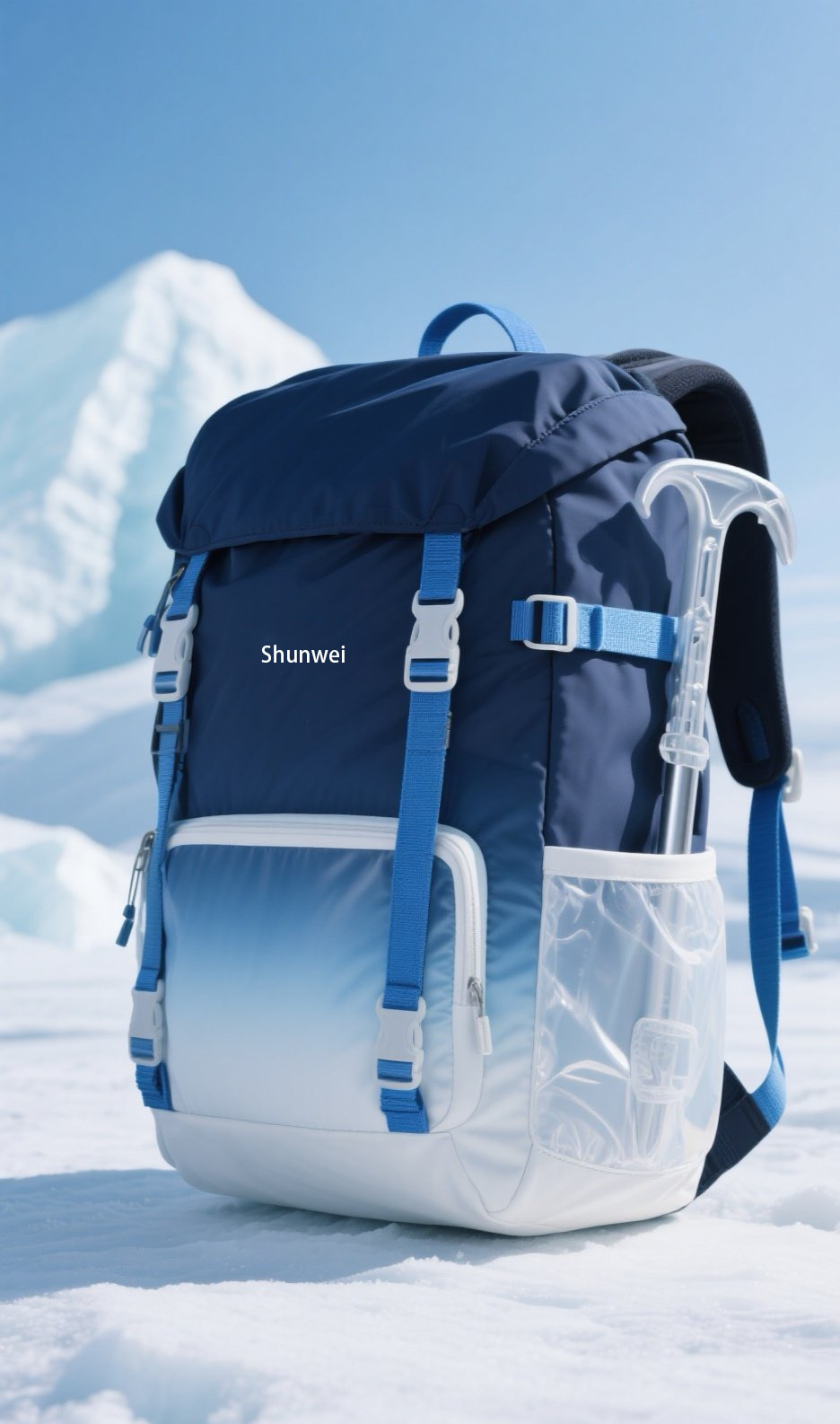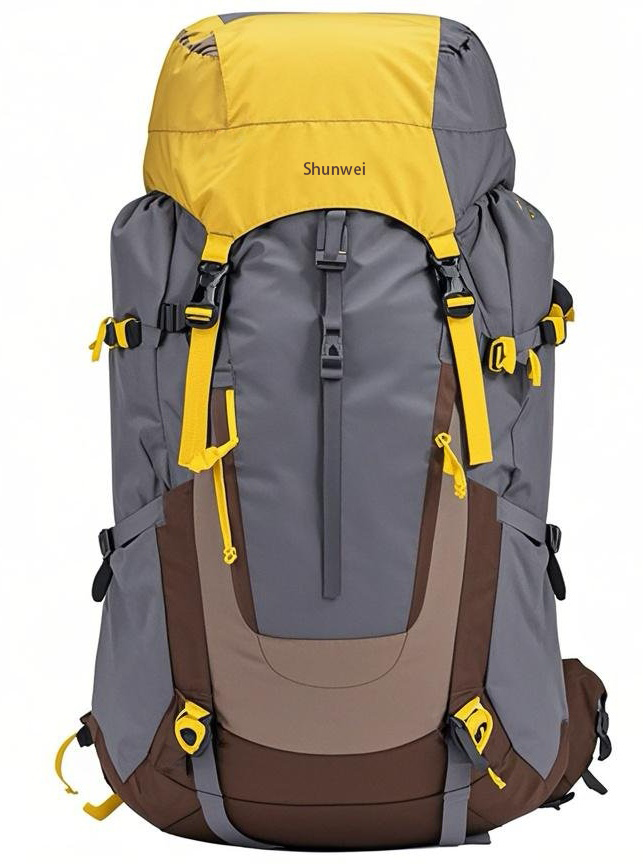An outdoor equipment hiking bag is an essential gear for any hiking enthusiast. It is designed to meet the various needs of hikers, providing functionality, durability, and comfort.
The hiking bag typically features a well – thought – out design that maximizes storage and accessibility. It usually has a large main compartment that can hold bulkier items such as sleeping bags, tents, and extra clothing. This main compartment is often accompanied by multiple smaller pockets both inside and outside the bag.
The exterior of the bag may include side pockets, which are ideal for carrying water bottles or small snacks. Front pockets are convenient for storing frequently – needed items like maps, compasses, and first – aid kits. Some bags also come with top – loading compartments for quick – access items.
The structure of the bag is built to withstand the rigors of the outdoors. It often has a rigid frame or a padded back panel that helps to distribute the weight evenly across the hiker’s back. This not only makes the bag more comfortable to carry but also reduces the strain on the hiker’s body during long treks.
Outdoor equipment hiking bags are made from high – quality materials to ensure durability. The fabric is usually a rugged, water – resistant or waterproof material such as nylon or polyester. This protects the contents of the bag from rain, snow, and other elements.
The zippers are heavy – duty, designed to withstand frequent use and harsh conditions. Reinforced stitching is used at stress points to prevent tearing. Some bags may also have abrasion – resistant panels at the bottom to protect against wear and tear when the bag is placed on rough surfaces.
Comfort is a crucial factor in the design of hiking bags. The shoulder straps are often padded with high – density foam to cushion the weight of the bag. They are adjustable to fit different body sizes and shapes.
Many hiking bags also feature a sternum strap and a waist belt. The sternum strap helps to keep the shoulder straps in place, preventing them from slipping off the shoulders. The waist belt transfers some of the weight from the shoulders to the hips, making it easier to carry heavier loads.
The back panel of the bag is contoured to fit the natural curve of the spine. Some bags have breathable mesh panels on the back to allow air circulation, keeping the hiker’s back cool and dry.
These hiking bags are highly versatile. They can be used for a variety of outdoor activities such as camping, trekking, and mountaineering. Some bags come with additional features like attachment points for trekking poles, ice axes, or other gear.
Some models may also include a built – in rain cover to provide extra protection during heavy rain. Others may have hydration – compatible compartments, allowing hikers to carry and access water easily without having to stop and take off the bag.
Safety is an important consideration for outdoor gear. Many hiking bags have reflective strips or patches to increase visibility in low – light conditions. Some bags also have lockable zippers to secure valuable items inside.
In conclusion, an outdoor equipment hiking bag is much more than just a container for carrying things. It is a well – designed piece of gear that combines functionality, durability, comfort, and safety to enhance the hiking experience. Whether you are a novice hiker or an experienced outdoor adventurer, investing in a high – quality hiking bag is essential for your adventures.








